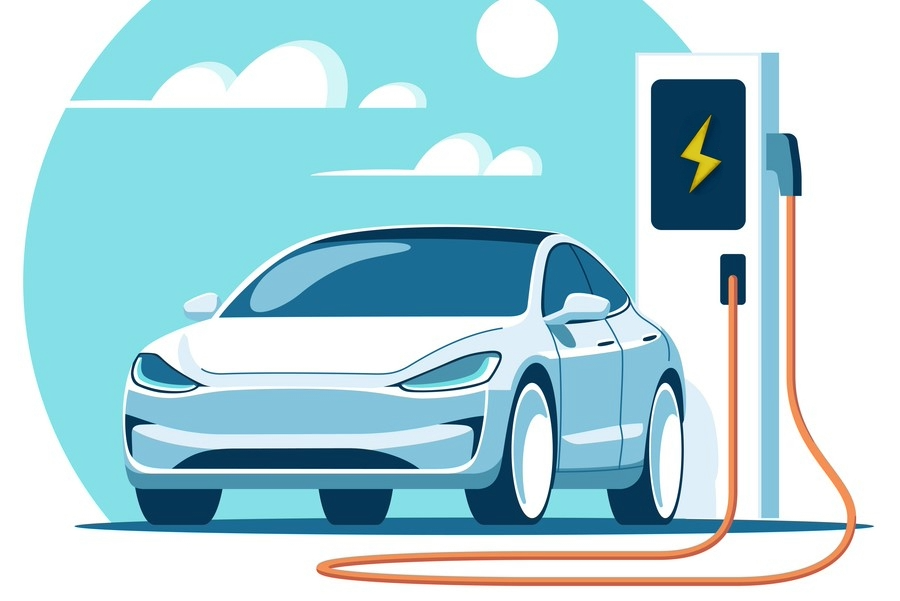
Should Government Incentivize EV Adoption Through Consumer Tax Credits or Infrastructure?
New Study Finds Building Charging Networks Is More Effective
In the United States, tax incentives and infrastructure investments play a role in speeding the adoption of electric vehicles (EV). In a new study, researchers examined the effects of competing government incentives on EV adoption in Washington State by building a structural dynamic discrete demand model. In terms of expanding the EV market, the study found that building an EV charging network is more effective than awarding a tax rebate.
The study, published in Marketing Science, was conducted by Cheng Chou, an independent researcher, and Tim Derdenger, Associate Professor of Marketing and Strategy at Carnegie Mellon’s Tepper School of Business. The paper, “CCP Estimation of Dynamic Discrete Choice Demand Models with Segment Level Data and Continuous Unobserved Heterogeneity: Rethinking EV Subsidies vs. Infrastructure,” uses data from Washington state between 2016 and 2019 to analyze consumer decisions around buying an EV or staying with a gasoline-powered car. Their findings upend the debate over EV incentives, suggesting that the key to widespread adoption may lie not in bigger tax credits but in better infrastructure.
Derdenger explains, “The main contribution of our study is our development of a new approach that uses segment-level data to model, identify, and estimate a dynamic discrete choice demand model without replacement for durable goods with dynamic selection, continuous unobserved consumer heterogeneity, and continuous unobserved product characteristics.”
Currently, the U.S. government offers a tax credit for EV buyers based on battery size. Chou and Derdenger’s research shows that tying the credit to a vehicle’s electric range (how far it can go on a single charge) would do more to boost sales and cut emissions without raising costs. By linking credits to range, their model predicts an increase in EV numbers by roughly 1.5 percent in the three largest counties in Washington state alone while, compared to the existing policy, reducing emissions by 11 percent.
The study finds that investing in charging infrastructure could outshine subsidies altogether. Removing tax credits and redirecting funds to build a network of Level 3 fast-charging stations could increase EV adoption by almost 26 percent, reducing emissions 51 percent.
When multiple groups of consumers exist in the same market, researchers can consider each group’s conditional choice probabilities (CCP) as a function of unobserved consumer heterogeneity and specify choice probabilities of one group as a function of another by shifting the unobserved component. Using this new CCP estimator, researchers estimated consumer demand for EVs in three counties in the state of Washington using aggregate consumer segment sales data between 2016 and 2019.
“Our estimation method has broader application than the study of EV adoption,” notes Chou, who coauthored the study. “Our method can be used in markets with many different products.”
